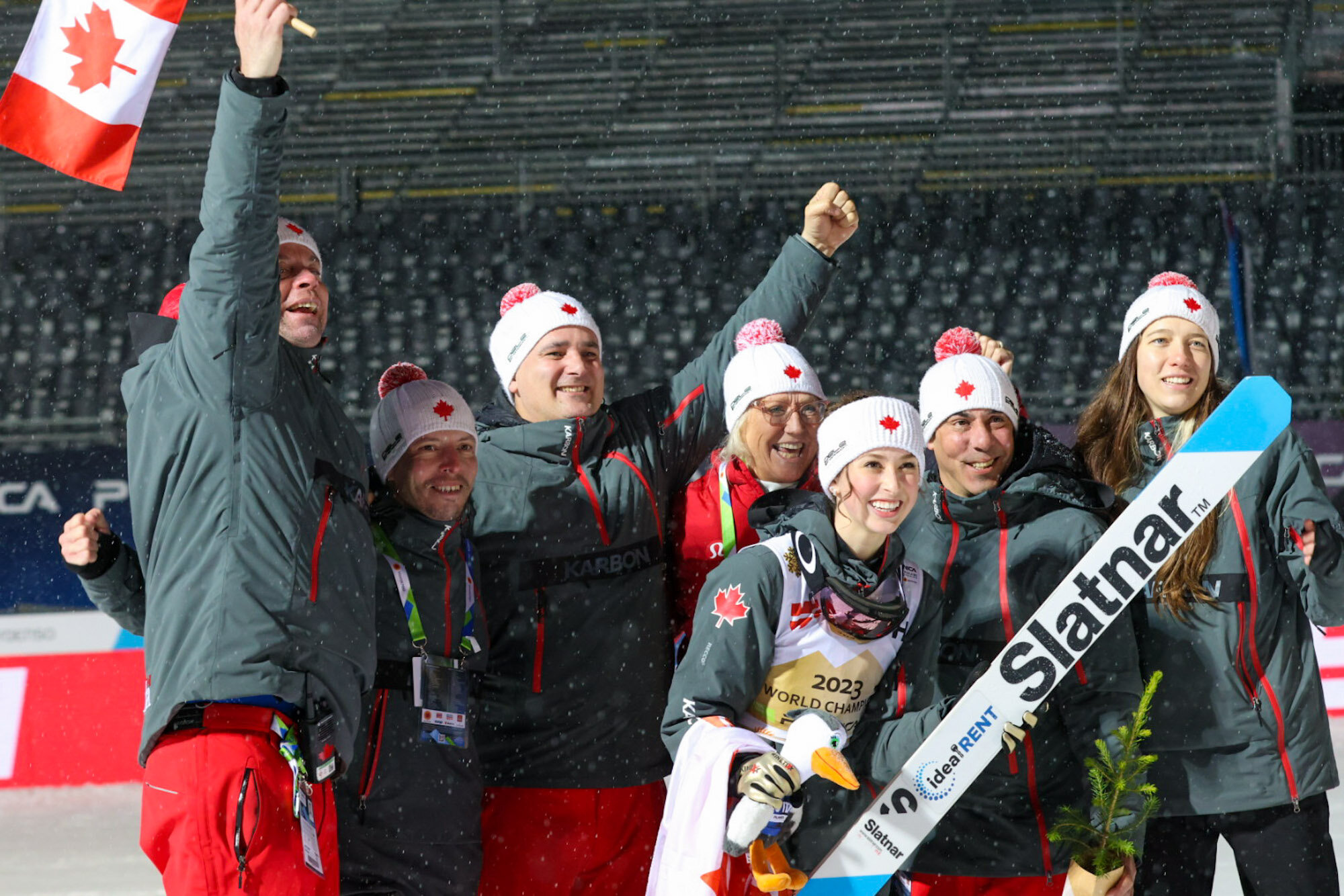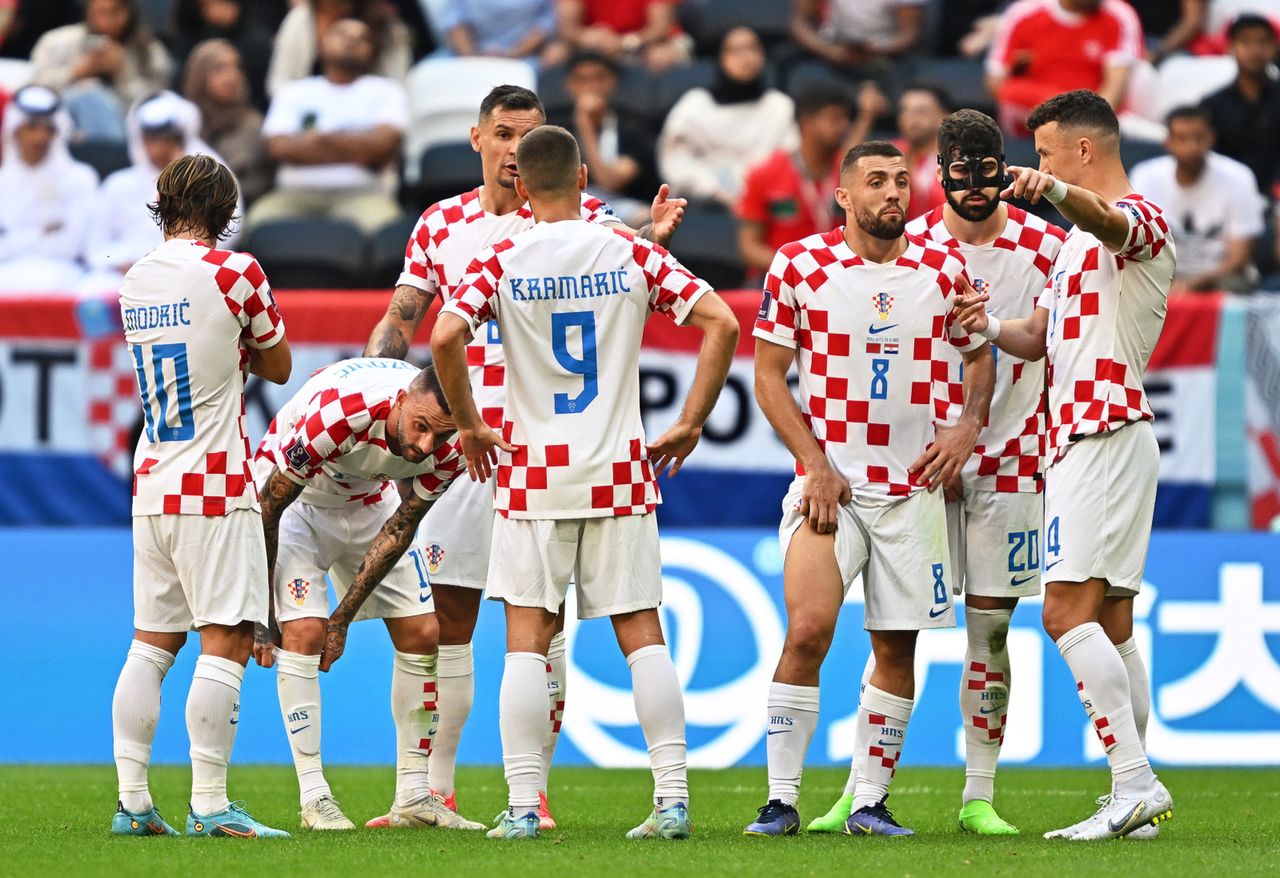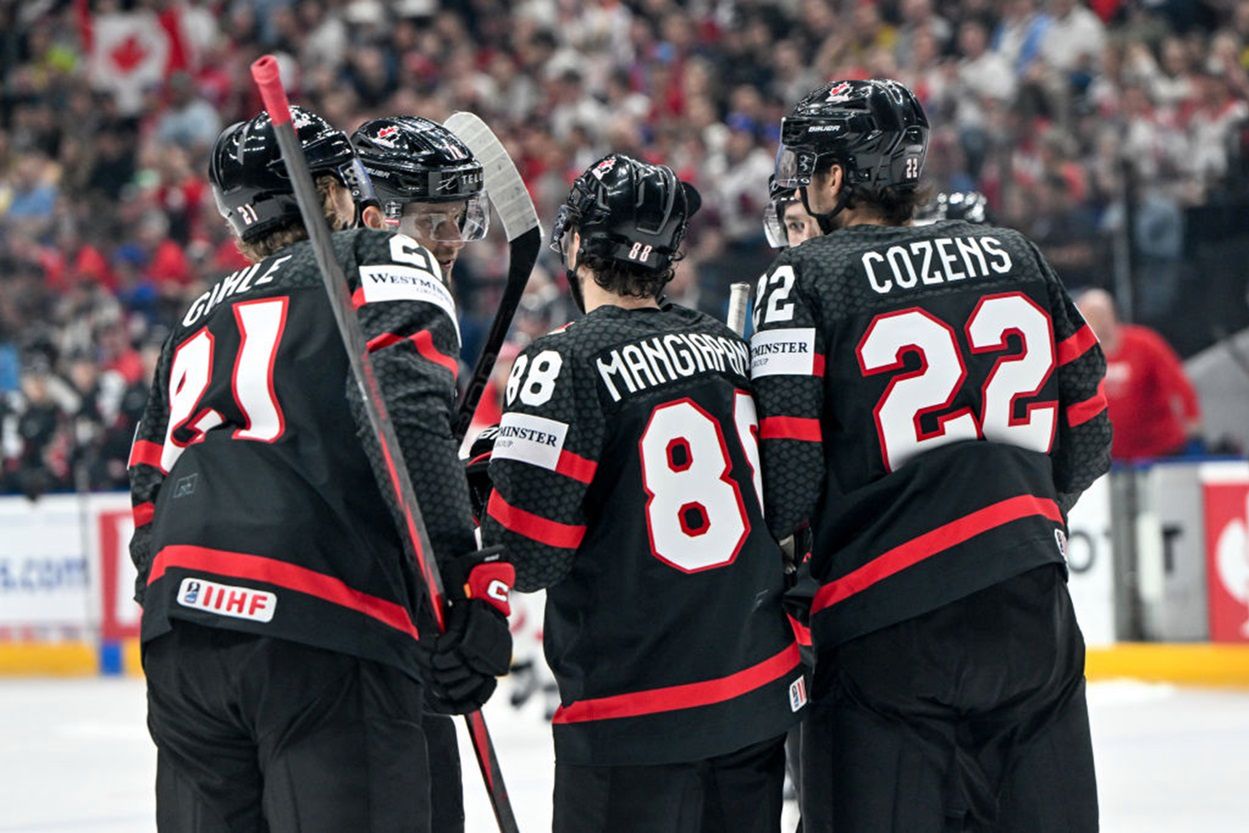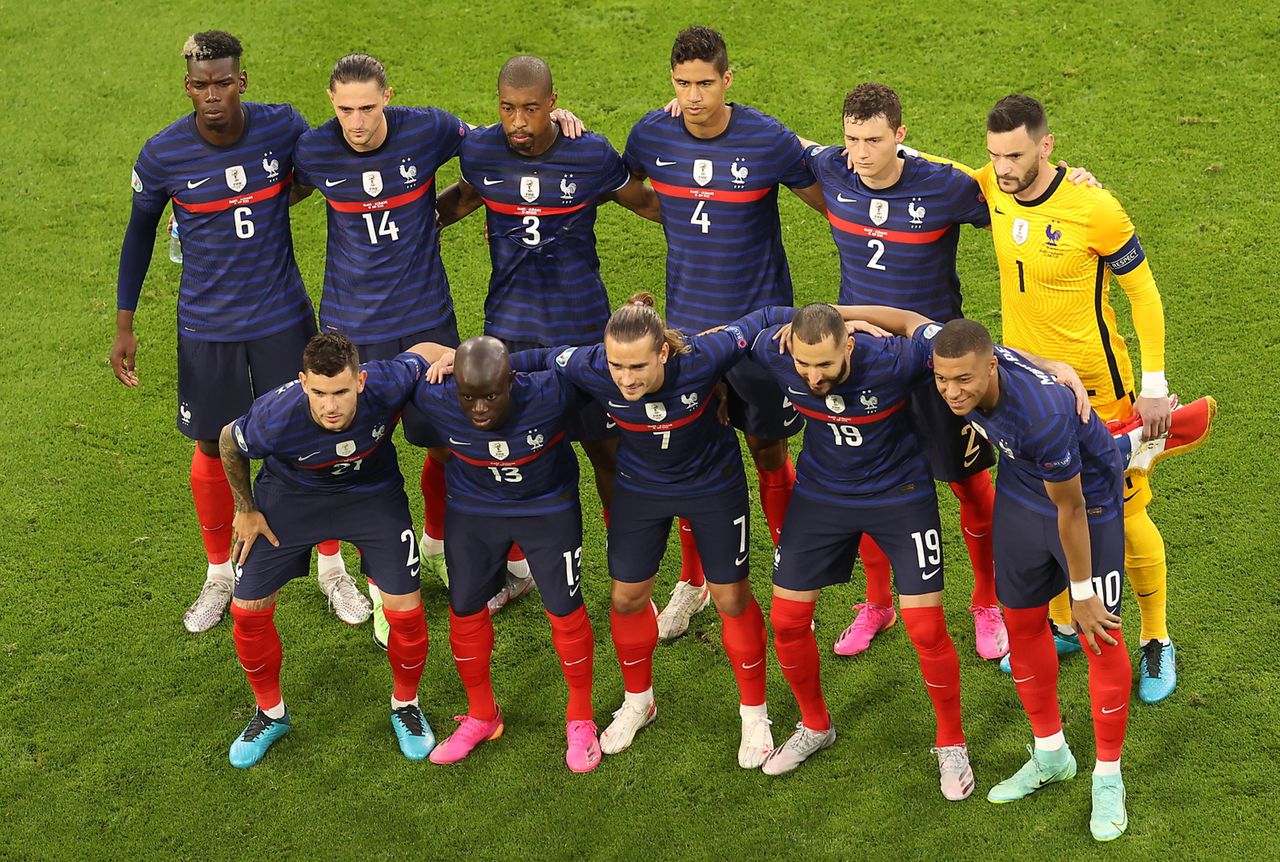Despite the crisis in which Canadian ski jumping currently finds itself, the results of the players of this nation are extremely impressive. In one winter, Alexandria Loutitt managed to become the world champion for seniors, juniors and set a Canadian record for flight distance (225 meters). Janko Zwitter, the coach of Canadian ski jumpers who also works with Sara Takanashi, talks about the realities of this discipline in the land of the maple leaf in an interview with the skokipolska.pl portal.
Wiktor Marczuk: You have been working with Canadian women since 2021. What were your first impressions of the jumping environment there?
Janko Zwitter: To be honest, at that time I was looking for a job in a small sports country. Of course, I saw the results, I saw what happened in Canada in previous years and winter seasons. The basic assumption was to find a team that could cooperate with my ward, Sara Takanashi. I received offers from the biggest nations, but when I mentioned in the negotiations that Sara was also involved, the representatives of these countries refused, giving the ultimatum “either without her or not at all”. In fact, I wanted the girls from the country I coach to be able to learn from a player like Sara.
So the Canadians were ready to meet Sara already?
Yes, that was one of the main ideas when I started working with girls. They knew Sara would train with them.
Alex Loutitt had an incredible season, she became world champion in the senior and junior categories. Can she match Sara Takanashi’s career? Can you see any similarities between them?
Both girls have very strong personalities. They stick to the established rules, they are very direct. For them, there is only the highway, there are no other roads in their career. Alex and Sara are also a bit stubborn, which helps even such good players. I really see a lot of similarities. After so many years of training, I can say that all the great characters I’ve dealt with are those kind of characters (laughs).
And how was the Canada-Sara Takanashi relationship this season? Was there regular contact between the players?
NO. After the 2021/22 season, we decided to change the system. Sara had trained in Slovenia for the previous five years, actually staying there ten months a year. The conditions for jumping were perfect, but there was a problem related to the psyche, and more precisely to social life. She perfected her form all the time on her own, she hardly had anyone to talk to or make friends with. That’s why, with Sara, I decided to put in place a new solution, namely to return to Japan, where she could prepare for departures with her friends from her national team. However, it looked a little different – she returned to her homeland, but still trained alone. Probably also because of this turbulence, Sara’s performance season 2022/23 has been slightly worse.
Like Sara Takanashi for years, the Canadians train in Slovenia. Did it give you and your team an edge at the World Championships in Planica?
Of course, we spend a lot of time in Planica. Although this time is not always spent jumping, we know the area in terms of logistics. The players knew where to warm up, they also knew where to find a moment of peace. The combination of these things made us feel at home at the World Cup.
Do you currently have any ideas for making ski jumping more popular in Canada?
Various reflections on this question have been circulating for many years. Not only from me, but also people who are actually involved in ski jumping in this country are working there. I hope that the recent successes of my players will have an impact on the renovation of facilities in Calgary, Thunder Bay and Vancouver. I can confirm that something good is already happening, but it’s too early to talk about building new hills or new complexes, for example.
And why do you think ski jumping in Canada has lost its popularity?
There were a lot of economic problems. Let’s take Calgary as a background – the Olympic Park was run by a certain company for many years. Ski jumps then became tourist attractions there, so it was hard to find a sensible workout. There was no money to renovate the buildings, the scale of the problem increased and everything broke – nothing happened there.
Has the situation for Canadian ski jumping improved in any way since winning the bronze medal at the Olympic Games in mixed doubles in Beijing?
These Games have shown that we are part of a sport whose representatives can win medals. Of course, I must admit that it’s a “puck” won with a lot of luck. All this madness with the disqualifications in Beijing worked in our favour. The successes achieved this winter have also shown that not only luck, but also hard work pays off.
Sandro Pertile announced that next year we will not see the Women’s Ski Flying World Cup. Is there a way to convince the FIS to change its mind?
Let me start by saying that the women’s competition in Vikersund was very good publicity for women’s ski flying. The girls had their safety assured – they could fly in near perfect conditions, and the hill itself was also prepared to a high standard. This is an excellent first step towards the development of this competition. I heard that Oberstdorf is very interested in this subject and that’s good. Flying these two mammoths would be a logical long-term decision as they are safer for ladies than Kulm and Planica. So far, everything is going in the right direction. The skeptics also “calmed down” a bit, as they saw that the top fifteen Raw Air jumpers were doing well. The girls have proven they can fly and it’s fantastic. It would also be reasonable to add the women’s mammoth jump to the World Cup calendar, for example in the form of a slightly elongated performance, i.e. the first twenty.
The flights in Vikersund were undoubtedly a success, but were the beam changes during the competition too much of a problem for your jumpers?
Girls have to get used to it, they can’t treat it as a serious obstacle. The wind could change direction slightly, and the jury was simply afraid that the flights would become dangerous at some point. I can fully understand this approach, as this is the first flight competition of its kind. Despite everything, I think the last five competitors could have had a chance to go faster, because then the wind has died down and could even be a little unfavorable. A longer ride wouldn’t hurt. We could then see more attempts above 220 meters in benign circumstances.
Back to the future of Canadian ski jumping – how often do you see kids from this country training?
A summer camp is planned in Szczyrk, where 19 young people from Canada will attend. It will take place in July. Of course, children from other nations will also come. We’ll see how it goes.
I already know that you will not leave Canada, but I have to ask you – did the Polish Ski Association contact you to take the position of coach of the women’s team?
Yes, earlier there had been talks with the PZN. However, I have a lot on my mind – working with Canadians, and Sara Takanashi will probably be back too, so there’s a lot to do. It wouldn’t be fair to Polish women, because I would have to prepare a special five- or even six-year plan for the development of young players and their introduction to the World Cup. Nicole Konderla and Paulina Cieślar could theoretically come to Slovenia and then come back to Poland under the care of a coach who will take care of them in their home country, but logistically it’s a really crazy business. As I mentioned, it’s not fair when I already have a lot on my mind and your players would also need some attention. It would be really difficult to reconcile everything and Polish women would suffer. I believe they will find the right trainer who will lead them to good results.
Speaking of training, is there any possibility that the Whistler Olympic Hills will be made available for such purposes? Throughout the year, they only work for a few days.
As far as I can tell, these items probably won’t get mats in the near future, which is not good news. Instead, Squamish, which is currently a small resort town south of Whistler, will receive it. The kids are already jumping there, you can see the engagement, so we have a starting point. We’ll have to wait to see if this turns into a training facility. Certainly, however, it would be easier for younger people to get there than to the mountainous Whistler.
Is the ski jumping situation in Canada having a demotivating effect on your competitors?
We try to keep the girls motivated. They spend most of the year in Europe and they have to see how much work it takes to be among the best in the world in this sport. We put aside the negative factors – that’s what others should worry about. Our job is to prepare players for competitions, to compete with the best. The problems of Canadian show jumping should be solved by people in Canada, and we will pay back with the results. Advocates should look for ways to increase the sport’s popularity in this country.
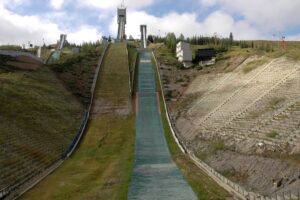
If so, is training Canadian ski jumpers the most important project of your coaching career so far?
Maybe not a project, but an experience. The problem is that here I had to start almost from scratch, which did not happen to me at the beginning of my career. It was something new for me – explaining the basics of the sport to someone who really needs to learn it. There was a lot of work that looked like training 12 or 14 year olds. I just told the girls “if you want to compete, you have to be able to do it”. They proved ready to learn and train. It was great to see this progress.
I will now ask you to summarize Canadian Ski Jumping in one sentence.
A sentence? I hope we are heading towards a great future.
Wiktor Marczuk spoke

“Web specialist. Social media ninja. Amateur food aficionado. Alcohol advocate. General creator. Beer guru.”

